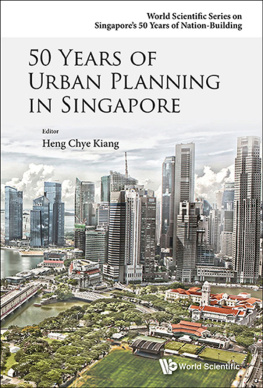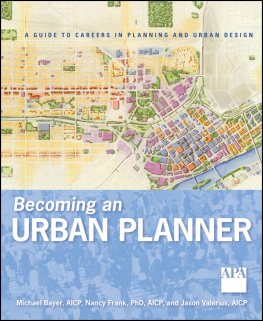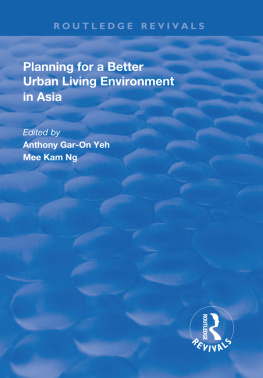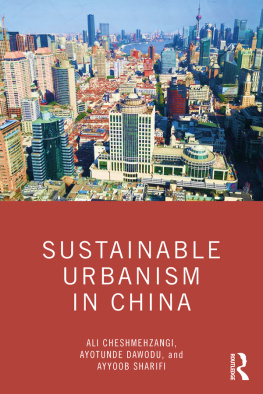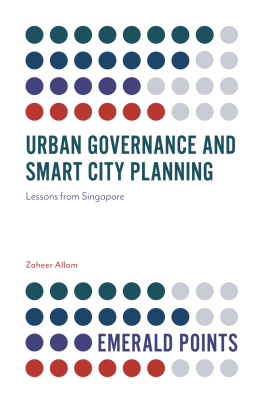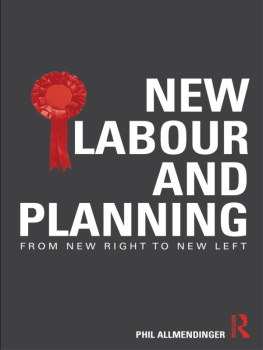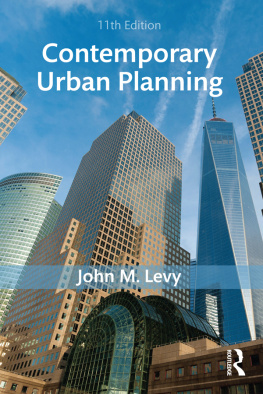Table of Contents
Landmarks
Pagebreaks of the print version

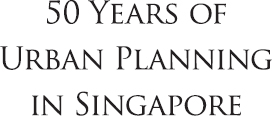
World Scientific Series on Singapores 50 Years of Nation-Building
Published
50 Years of Social Issues in Singapore
edited by David Chan
Our Lives to Live: Putting a Womans Face to Change in Singapore
edited by Kanwaljit Soin and Margaret Thomas
50 Years of SingaporeEurope Relations: Celebrating Singapores Connections with Europe
edited by Yeo Lay Hwee and Barnard Turner
Perspectives on the Security of Singapore: The First 50 Years
edited by Barry Desker and Cheng Guan Ang
50 Years of Singapore and the United Nations
edited by Tommy Koh, Li Lin Chang and Joanna Koh
50 Years of Environment: Singapores Journey Towards Environmental Sustainability
edited by Tan Yong Soon
Food, Foodways and Foodscapes: Culture, Community and Consumption in Post-Colonial Singapore
edited by Lily Kong and Vineeta Sinha
50 Years of the Chinese Community in Singapore
edited by Pang Cheng Lian
Singapores Health Care System: What 50 Years Have Achieved
edited by Chien Earn Lee and K. Satku
SingaporeChina Relations: 50 Years
edited by Zheng Yongnian and Lye Liang Fook
Singapores Economic Development: Retrospection and Reflections
edited by Linda Y. C. Lim
Singapore and UNICEF: Working for Children
edited by Peggy Kek and Penny Whitworth
Singapores Real Estate: 50 Years of Transformation
edited by Ngee Huat Seek, Tien Foo Sing and Shi Ming Yu
The Singapore Research Story
edited by Hang Chang Chieh, Low Teck Seng and Raj Thampuran
The complete list of titles in the series can be found at
http://www.worldscientific.com/series/wss50ynb
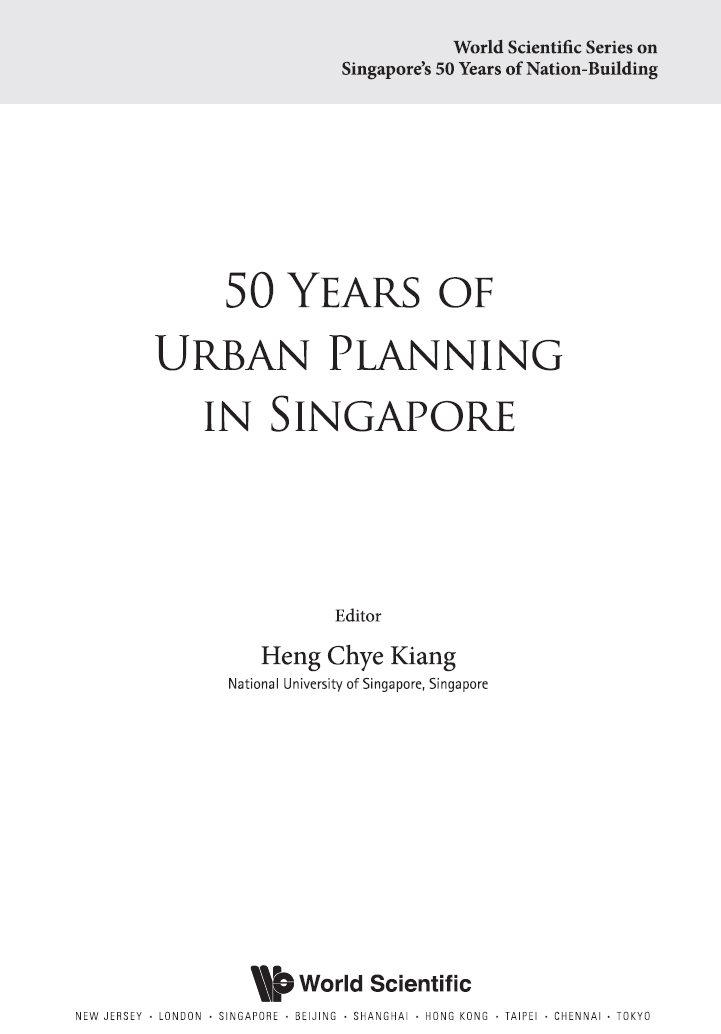
Published by
World Scientific Publishing Co. Pte. Ltd.
5 Toh Tuck Link, Singapore 596224
USA office: 27 Warren Street, Suite 401-402, Hackensack, NJ 07601
UK office: 57 Shelton Street, Covent Garden, London WC2H 9HE
Library of Congress Cataloging-in-Publication Data
Names: Heng, Chye Kiang, 1958 editor.
Title: 50 years of urban planning in Singapore / Chye Kiang Heng (NUS, Singapore).
Other titles: Fifty years of urban planning in Singapore
Description: New Jersey : World Scientific Publishing Company, 2016. |
Series: World Scientific series on Singapore's 50 years of nation-building |
Includes bibliographical references.
Identifiers: LCCN 2015044561| ISBN 9789814656450 | ISBN 9789814656467
Subjects: LCSH: City planning--Singapore--History. | Urban policy--Singapore--History.
Classification: LCC HT169.S55 H46 2016 | DDC 307.1/216095957--dc23
LC record available at http://lccn.loc.gov/2015044561
British Library Cataloguing-in-Publication Data
A catalogue record for this book is available from the British Library.
Copyright 2017 by World Scientific Publishing Co. Pte. Ltd.
All rights reserved. This book, or parts thereof, may not be reproduced in any form or by any means, electronic or mechanical, including photocopying, recording or any information storage and retrieval system now known or to be invented, without written permission from the publisher.
For photocopying of material in this volume, please pay a copying fee through the Copyright Clearance Center, Inc., 222 Rosewood Drive, Danvers, MA 01923, USA. In this case permission to photocopy is not required from the publisher.
Desk Editor: Shreya Gopi
Typeset by Stallion Press
Email:
Printed in Singapore
Foreword
Mr Khaw Boon Wan
Coordinating Minister for Infrastructure & Minister for Transport
As Singaporeans celebrated our Golden Jubilee last year, our beautiful skyline and the Marina Bay made us proud. They also reminded us to reflect on our remarkable achievements. In its 2015 Quality of Living ranking, Mercer placed Singapore top in Asia for quality of life, ahead of other well-established cities such as Tokyo and Hong Kong.
This collection of essays, by those who played a part in Singapores nation-building, contains insights into the strategic considerations behind the citys transformation. They also inspire us to imagine what the future may hold for us.
Today, Singapores economy is vibrant, creating good jobs and opportunities for our people. Almost all Singaporeans have a home. Most live in quality public housing, with parks and water bodies in the vicinity. Our heartlands are lively with community activities. Our people move around with ease and peace of mind.
Against this backdrop, few remember our humble beginning of homelessness and joblessness in a city littered with slums and squatters. The achievements of today were the results of bold vision and dogged determination of our founding leaders and the pioneer generation.
From day one, our urban planning policies and redevelopment strategies paid close attention to holistic economic, social and environmental outcomes. This is the only city we have. If we mess it up, with pollution, congestion or disamenities, we get an unattractive, unpleasant and unliveable home, period. With these absolute constraints, we got off on the right footing and planned for Singapores long-term sustainable development. Our strong emphasis was on providing a good quality of life for our people. These fundamental principles continue to play a pivotal role in shaping Singapore today.
Our physical handicap requires us to constantly look for innovative ways, out of the box, by investing in research and technology whilst trying out new urban solutions to enhance our living environment. We look out for good solutions proven elsewhere and are ready to adopt them. We are also bold to be first movers, once we have thought through the risks and the implications. We recycle used water for consumption. We were the first to apply road pricing.
One success factor is our strong partnership with the private and people sectors. Active participation from across the sectors allows for the generation of ideas, and helps to engender a sense of shared ownership to drive positive change.
As our founding Prime Minister Mr Lee Kuan Yew said: The good things of life do not fall from the skies. They can only come by hard work and over a long time. The government cannot produce results unless the people support and sustain the work of the government There may be times when, in the interest of the whole community, we may have to take steps that are unpopular with a section of the community. On such occasions, remember that the principle which guides our actions is that the paramount interest of the whole community must prevail.
Going forward, we will face fresh challenges, evolving needs and higher aspirations. We can, however, take heart that the strong foundation laid over the past 50 years by our pioneers will give us the confidence to move forward. Above all, we must continue to place our people at the heart of our plans. That way, Singapore will always be an endearing home and distinctive global city.
I thank the authors for their invaluable contributions and Chye Kiang for bringing together these diverse perspectives through this book.
.
Preface
Singapores urban landscape has been shaped over 50 years by unique conditions. These conditions either facilitated or compelled the island-state to take certain directions in its development. What are these conditions and how have they influenced urban planning in Singapore?

